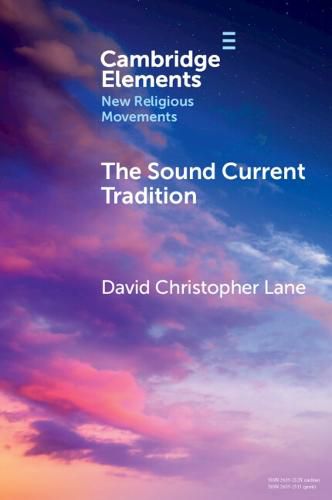Readings Newsletter
Become a Readings Member to make your shopping experience even easier.
Sign in or sign up for free!
You’re not far away from qualifying for FREE standard shipping within Australia
You’ve qualified for FREE standard shipping within Australia
The cart is loading…






The practice of listening to subtle, inner sounds during meditation to concentrate and elevate the mind has a long history in various religions around the world, including Islam, Christianity, Hinduism, Buddhism, Jainism, and Sikhism. Today there are a number of new religious movements that have made listening to the inner sound current a cornerstone of their teachings. These groups include the Radhasoamis, the Divine Light Mission, Eckankar, the Movement of Spiritual Inner Awareness (MSIA), MasterPath, the Sawan-Kirpal Mission, Quan Yin/Ching Hai, Manavta Mandir, ISHA, and a number of others. In this study we provide a historical and comprehensive overview of these movements and how they have incorporated listening to the inner sound as part of their spiritual discipline. We are particularly interested in the distinctive and nuanced ways that each group teaches how to listen to the inner sound current and how they interpret it in their own unique theologies.
$9.00 standard shipping within Australia
FREE standard shipping within Australia for orders over $100.00
Express & International shipping calculated at checkout
The practice of listening to subtle, inner sounds during meditation to concentrate and elevate the mind has a long history in various religions around the world, including Islam, Christianity, Hinduism, Buddhism, Jainism, and Sikhism. Today there are a number of new religious movements that have made listening to the inner sound current a cornerstone of their teachings. These groups include the Radhasoamis, the Divine Light Mission, Eckankar, the Movement of Spiritual Inner Awareness (MSIA), MasterPath, the Sawan-Kirpal Mission, Quan Yin/Ching Hai, Manavta Mandir, ISHA, and a number of others. In this study we provide a historical and comprehensive overview of these movements and how they have incorporated listening to the inner sound as part of their spiritual discipline. We are particularly interested in the distinctive and nuanced ways that each group teaches how to listen to the inner sound current and how they interpret it in their own unique theologies.